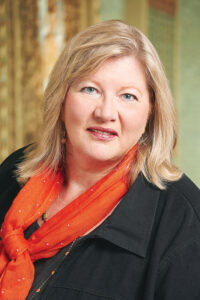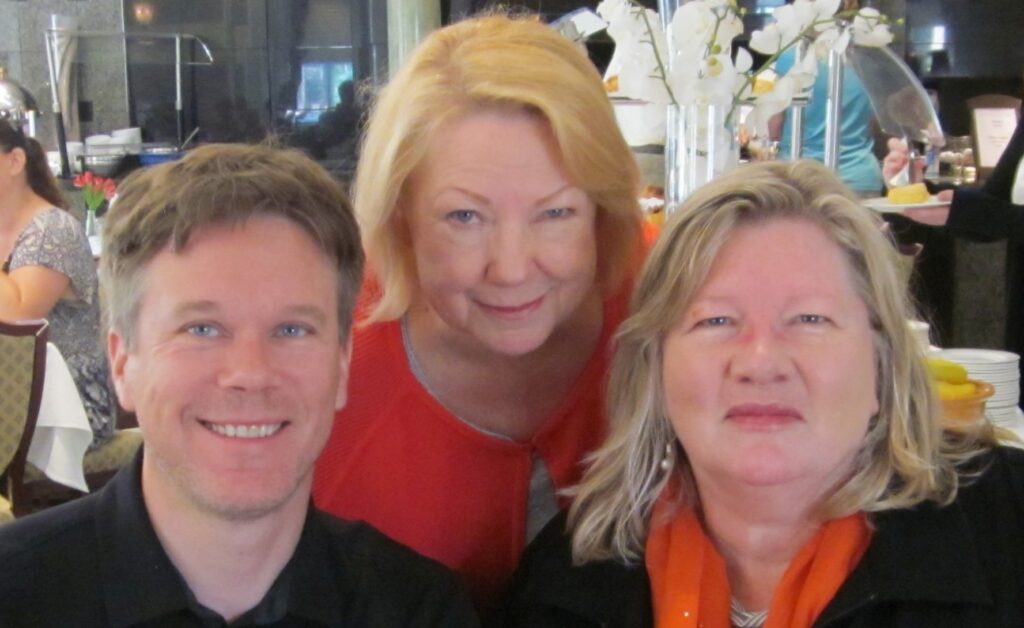
Random Notes
In a healthy organization, there is a process for developing board leadership that provides for an orderly succession plan. People are recruited to join a board and usually start to serve on a sub-committee in addition to their board duties starting in the first year. The board members learn more about the mission and work of the organization, and they start contributing in meetings and in projects. After the first year or two on the board, depending on the needs of the organization, a board member may be asked to join the executive committee.
It is important to identify several candidates who could serve as board chair and bring them onto the executive early enough to be able to serve on the executive and as the board chair within the term limits for board membership as outlined in the organization’s by-laws. The lengths of terms of office should be identified in the by-laws as well. Some organizations are happy to keep a board chair as long as the person is willing to serve in that capacity. In some cases that is a reasonable idea, but most of the time, it is best for a board chair to serve for a maximum term of four or five years. Serving in this capacity is a big commitment of time and energy, and most people are not comfortable with an open- ended responsibility. It is also healthy for an organization to benefit from the ideas and approaches of a series of committed, intelligent, connected and skilled board chairs. Each person plays a role in the history of the organization in its community.

For the good people who agree to take on the board chair positions in our communities, there is a debt of thanks that is owed for their commitment to the quality of life of others in their community. There are many responsibilities, but also many opportunities and experiential benefits for those who are willing to take on these roles. There are some key tasks that the board chair must take on and pledge to do well.
The first is to work well with the senior paid executive in the organization. The relationship between the board chair and the CEO or executive director is extremely important. While the CEO is hired by and reports to the board, there must be a productive and trusting relationship between the CEO and the board chair for the organization to work most effectively. Sometimes this relationship is straight forward and simple to manage, and other times there can be a period of adjustment and awkwardness in the relationship that can take awhile to settle into a happy and dependable partnership. Both individuals should remember that a failure to establish a good working relationship is a failure on the part of both individuals. The board chair and the CEO must work diligently to establish trust and confidence in each other. It is well worth the effort to do so. This becomes even more complicated in arts organizations that often have a dual leadership role within the organization; however, with the investment of time and goodwill that can work out well too.
Organizations need stable professional leadership and a stable, well-lead board of directors. It is important for these two individuals to make time in their busy lives to speak with each other regularly, to up-date each other on organizational business and opportunities. At a minimum, it is important for the CEO and board chair to plan and discuss the executive and board meeting agendas and priority items and decisions before each meeting. I have found it helpful to have an in person or telephone meeting every week. Regular communication helps prevent surprises and miscommunications that could cause many complications.
A board chair has a responsibility for the health of the board, which is a very important role, but equally important is that key responsibility of developing an excellent working relationship with the CEO. The bonus involved in this process is a healthy and well functioning organization that is well positioned to achieve its mission, and if you work hard and accomplish great things, it is highly likely you will also make a good friend.
Trudy Schroeder provides project planning and management services to the community through Arts and Heritage Solutions.

